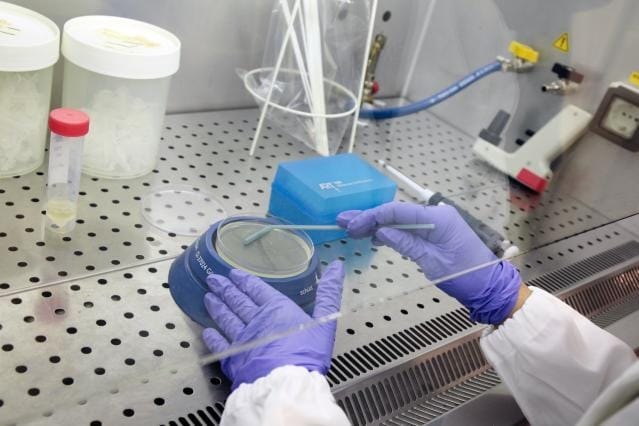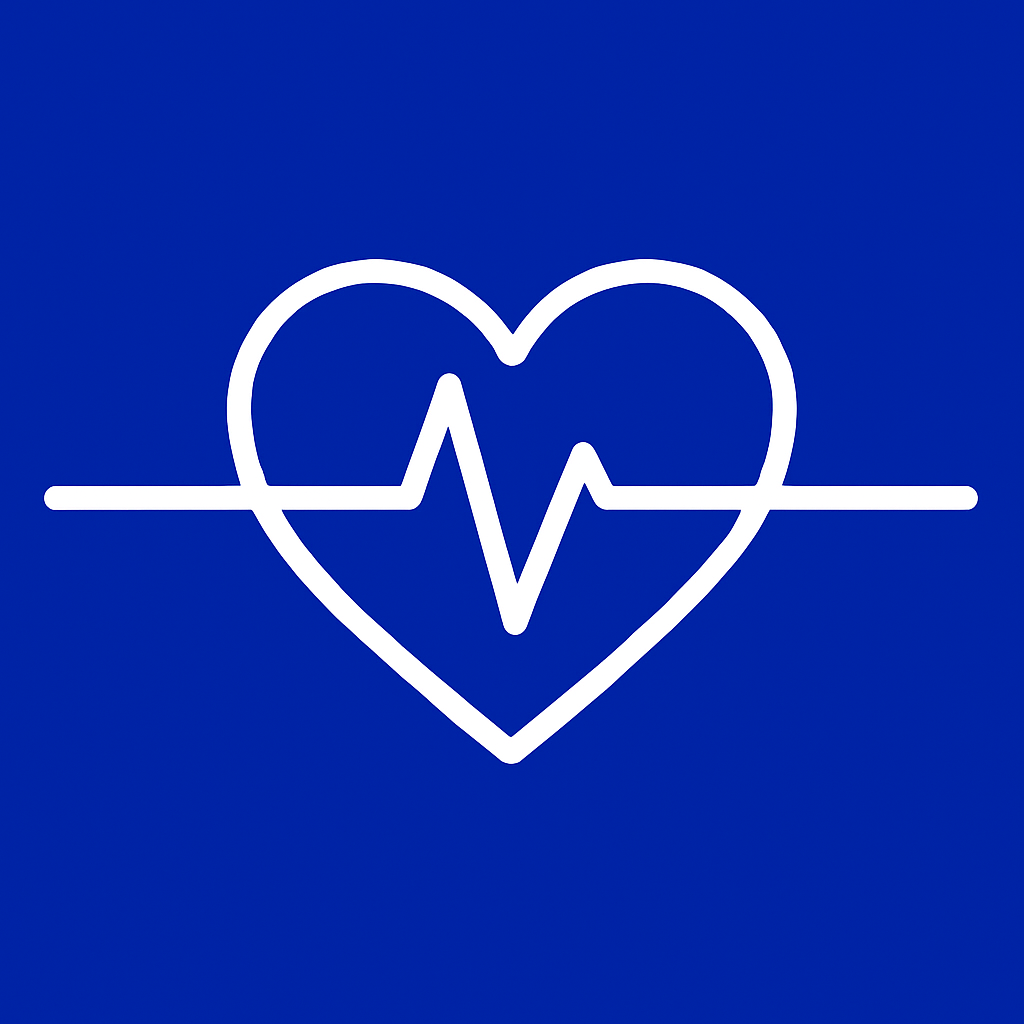WHO warns of alarming rise in antimicrobial resistance - Europe is not immune
The WHO’s 2025 report on antimicrobial resistance warns of accelerating global threats and widening treatment gaps

Antimicrobial resistance (AMR), often referred to as ‘the silent pandemic’ is spreading rapidly across the globe, and Europe is facing growing risks, according to the World Health Organization’s (WHO) Global Antibiotic Resistance Surveillance Report 2025.
The report reveals that one in six bacterial infections worldwide (2023) was resistant to available antibiotic treatments, with resistance levels rising by up to 15% per year between 2018 and 2023. Europe is better than some regions, with one in ten bacterial infections proving resistant.
Antibiotic resistance now affects key treatments for urinary tract infections, bloodstream infections, gastrointestinal illnesses, and sexually transmitted infections such as gonorrhoea.
In 2022, the European Centre for Prevention and Disease Control (ECDC) attributed 35,000 deaths in the EU/EEA area to antibiotic-resistant infections every year in Europe. Without action it is feared that this could rise to 390,000 by 2050 on current trajectories.
“Antimicrobial resistance is outpacing advances in modern medicine,” warned WHO Director-General Dr. Tedros Adhanom Ghebreyesus. “We must use antibiotics responsibly and strengthen systems to diagnose, prevent and treat infections effectively.”
One of the main worries for policy makers is that there are very few new antimicrobials in the pipeline. The European Medicines Agency (EMA) has approved just 32 antimicrobials between 2015 and 2024, this is a small fraction of the total number of market authorisations during the same period.
WHO’s recent report on antibacterial agents in clinical and preclinical development, published earlier this month, shows the need for more investment. At the moment there are only 90 antibacterials in development, of these only 15 qualify as innovative and just five target one of the bacteria on WHO’s “critical” list.
TEV - transferable exclusivity voucher
The updated General Pharmaceutical Legislation (GLP), currently being hammered out in EU inter-institutional trilogue discussions, includes a proposal for a voucher system that would grant companies up to 12 months of extra data protection for a new antimicrobial. The voucher could be transferred once to another product, creating an incentive to the development of “priority” antimicrobials. All three EU institutions back the idea of the Transferable Exclusivity Voucher (TEV), but as is often the case, the devil is in the details.
Among the most contentious questions are the conditions for a voucher to be transferred or sold, for example, this could be to a company with a blockbuster drug about to reach its patent cliff. Extending market exclusivity could potentially reduce access and make a medicine less affordable - two objectives that have inspired the revised GLP.
Multi-pronged approach
While new drugs remain out of reach the EU has taken a multi-pronged approach targeting reduced antibiotic use in humans and livestock, strengthening environmental monitoring to prevent contamination, promoting AMR awareness among young people and championing a global One Health approach.
To improve access, the EU’s health preparedness authority (HERA) is introducing a multi-country revenue guarantee system to ensure antibiotic availability within 24 hours of request and exploring joint EU procurement for antimicrobials. It is also collaborating globally, providing €20 million to GARDP for clinical trials on drug-resistant infections and supporting the WHO in updating pathogen priority lists.
As the threat of antimicrobial resistance grows, Europe’s challenge will be to promote innovation, improve stewardship and reduce the threat, before the ‘silent pandemic’ becomes impossible to contain.
